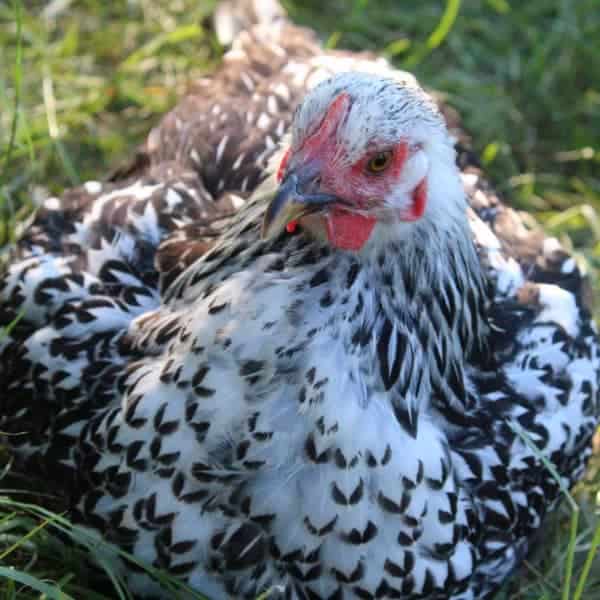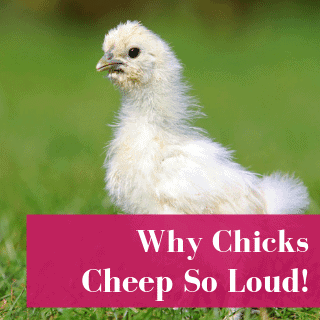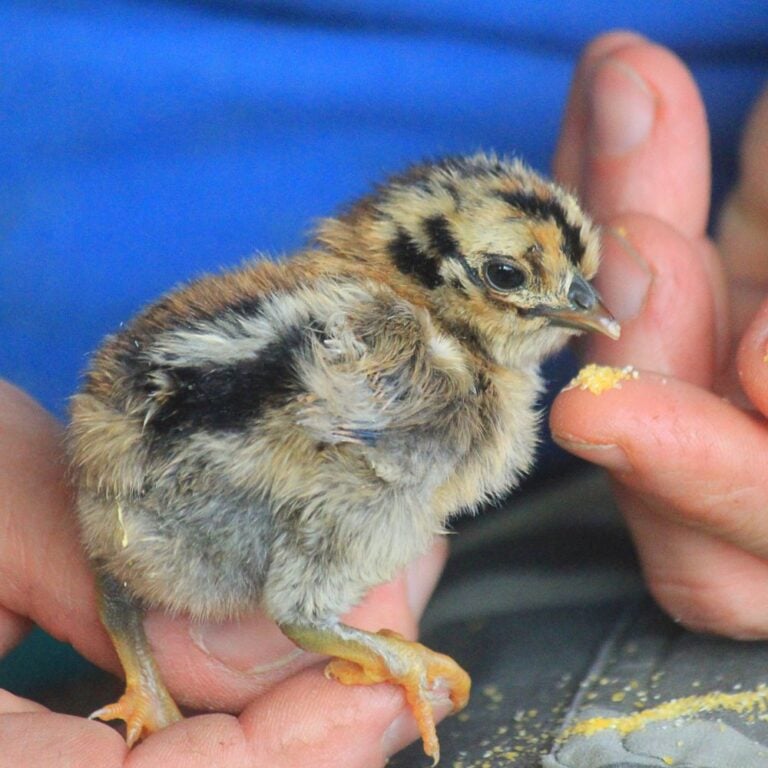Winter or summer, you need high-protein treats for chickens. Learn more about the role of protein and how to provide enough for your flock.
Chicken feathers are essential for their health and well-being. They provide insulation, regulate body temperature in various climates, and protect against environmental elements and injuries. In essence, feathers are vital for a chicken’s physical protection and temperature control.
We all want to provide nutrients to our flock to maintain strong and healthy feathers, ensuring their optimal growth and condition. So, providing your hens with a diet that’s high in protein is critical.
While most commercial feeds have 16% protein, you might want your flock to get more protein for optimal health and protection. In this article, I will show you many different high-protein options that chickens and ducks love! There’s something for every backyard chicken on this list, and most of these treats also have important vitamins and minerals too!
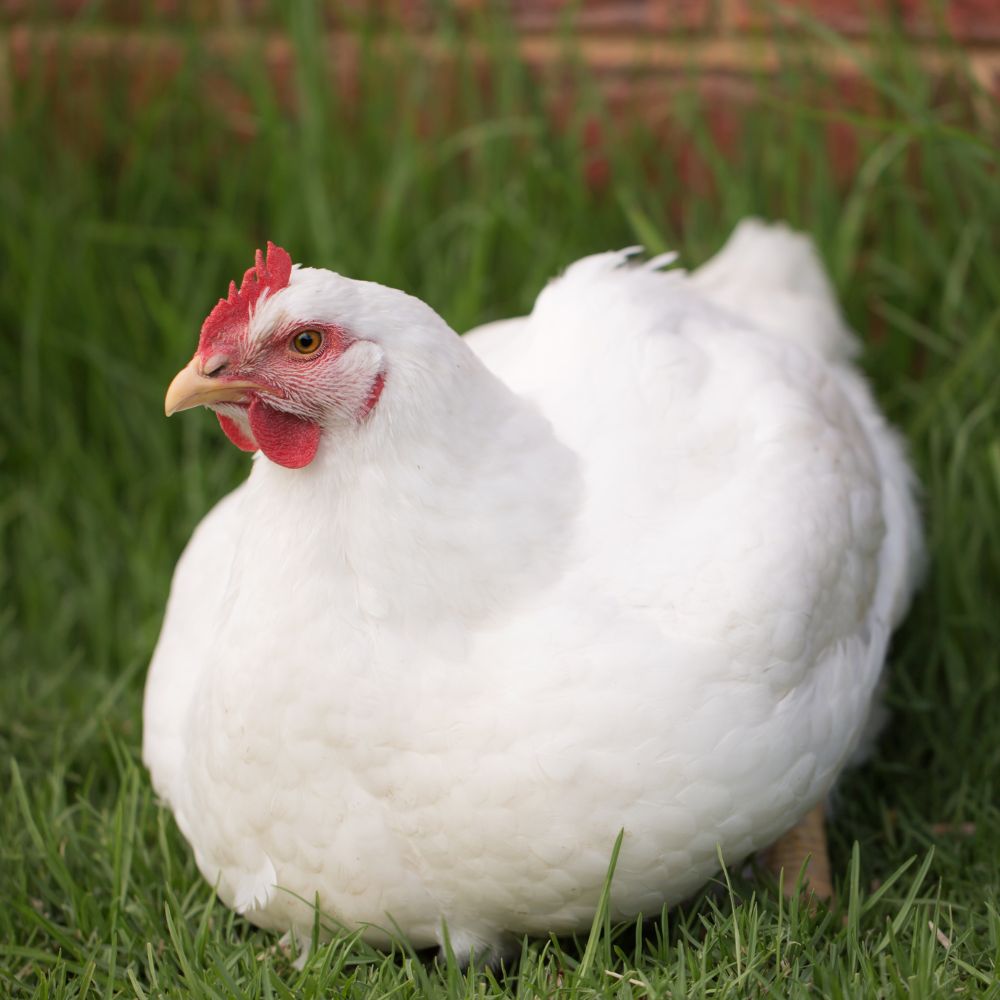
Table of Contents (Quickly Jump To Information)
6 High Protein Treats For Chickens
Brewer’s Yeast
It’s not something you typically associate with protein, but brewer’s and nutritional yeast are FULL of protein – they’re both about 40% protein. You can mix brewer’s yeast with your flock’s regular feed, or with a special treat you’ve created for them.
It’s probably best to mix it with something else. It’s full of protein but also powdery – so adding it to food with texture will help your chickens enjoy their treat more. You can buy it in our store, and it’s mixed with garlic, oregano, and echinacea – all herbs traditionally used to support and boost healthy immune systems in chickens.
Black Soldier Fly Larvae
There are many sources of protein, but black soldier fly larvae are one of my favorites. Black soldier fly larvae are about 40% protein, and hens LOOOOOOVE them! You can buy them dried right here or you can create your own farm – they’re remarkably easy to farm, and they’ll live in anything.
Once we discovered a BSFL farm in my truck bed, where some grain had spilled. Totally disgusting and proof they’ll hatch anywhere. We had NO idea they established residence until some torrential downpours caused them to jump ship. Let’s just say the hens were VERY happy for a few days.
If farming black soldier fly larvae isn’t your deal, then you can always go with dried ones – hens love them either way!
Dried River Shrimp
Like black soldier fly larvae, dried river shrimp are full of protein. The nice thing about shrimp is they’re very easy for tiny beaks to consume, so if your chickens aren’t quite adults yet (or if you have baby chicks), you might find shrimp are easier for them to eat.
Ducks in particular love shrimp (I think more than other treats), and mine really love when we float dried river shrimp on the water for them. In fact, we named one of our ducklings “Hoover” because he eats the shrimp so fast!
Quinoa
You might not think of quinoa when you think about treats for chickens, but it’s full of protein, and when cool, makes a great high-protein treat. I cook my chickens and ducks quinoa before feeding it to make it easier to digest, which in turn makes the protein and nutrients more bioavailable.
Cooked quinoa contains 8 g of protein per cup, and it’s also full of magnesium, iron, fiber, and manganese. Just make sure it’s 100% cool before offering it to your flock.
Kale
Yep, kale is very high in protein, and it might break up some long winter days when your flock refuses to leave the coop. It’s also full of vitamins and minerals! An easy way to provide kale for your backyard chickens is to hang the leaves in the coop. Your flock can pick at the leaves, and once they’re done, it’s easy to remove.
For ducks, it’ll be easier to float the kale on water for them. Because of their round bills, ducks sometimes struggle to pick up leaves. Kale has 2 g of protein per cup.
Fluffiest Feathers Ever!
We carry this dietary supplement in our store. It’s 28% protein, and chickens LOVE it. We feed it separately or sometimes mixed with their feed, and it doesn’t stay in their feed bowl very long!
It’s especially helpful when you have hens who are molting and need that extra protein. It has vitamins and minerals along with other top-notch ingredients.
Other Tips
- Free-range your flock, if possible, to help them get additional protein by eating bugs
- By boosting protein with high-protein food and treats it will also help with egg production
- Protein sources, like these dried mealworms, are beneficial for more than just feather health
- Pumpkin seeds are a treat that also provides extra protein (try this Pumpkin Seed Delight)
Maat van Uitert is a backyard chicken and sustainable living expert. She is also the author of Chickens: Naturally Raising A Sustainable Flock, which was a best seller in it’s Amazon category. Maat has been featured on NBC, CBS, AOL Finance, Community Chickens, the Huffington Post, Chickens magazine, Backyard Poultry, and Countryside Magazine. She lives on her farm in Southeast Missouri with her husband, two children, and about a million chickens and ducks. You can follow Maat on Facebook here and Instagram here.

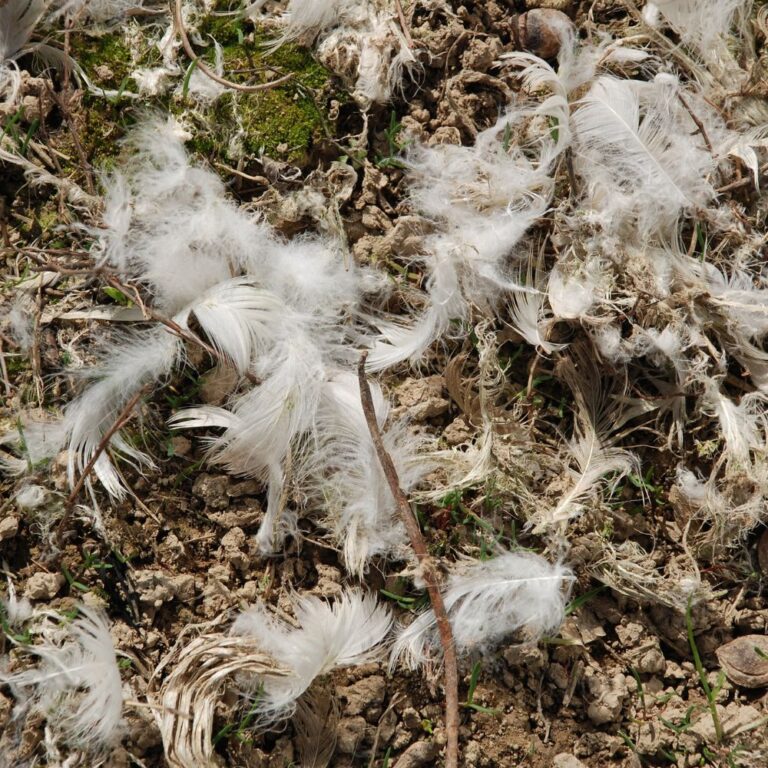
![The Best Herbs For Chickens To Eat? These Are Them (Plus One For First Aid!) [Podcast]](https://thefrugalchicken.com/wp-content/uploads/2016/01/herbs-for-chickens.png)
